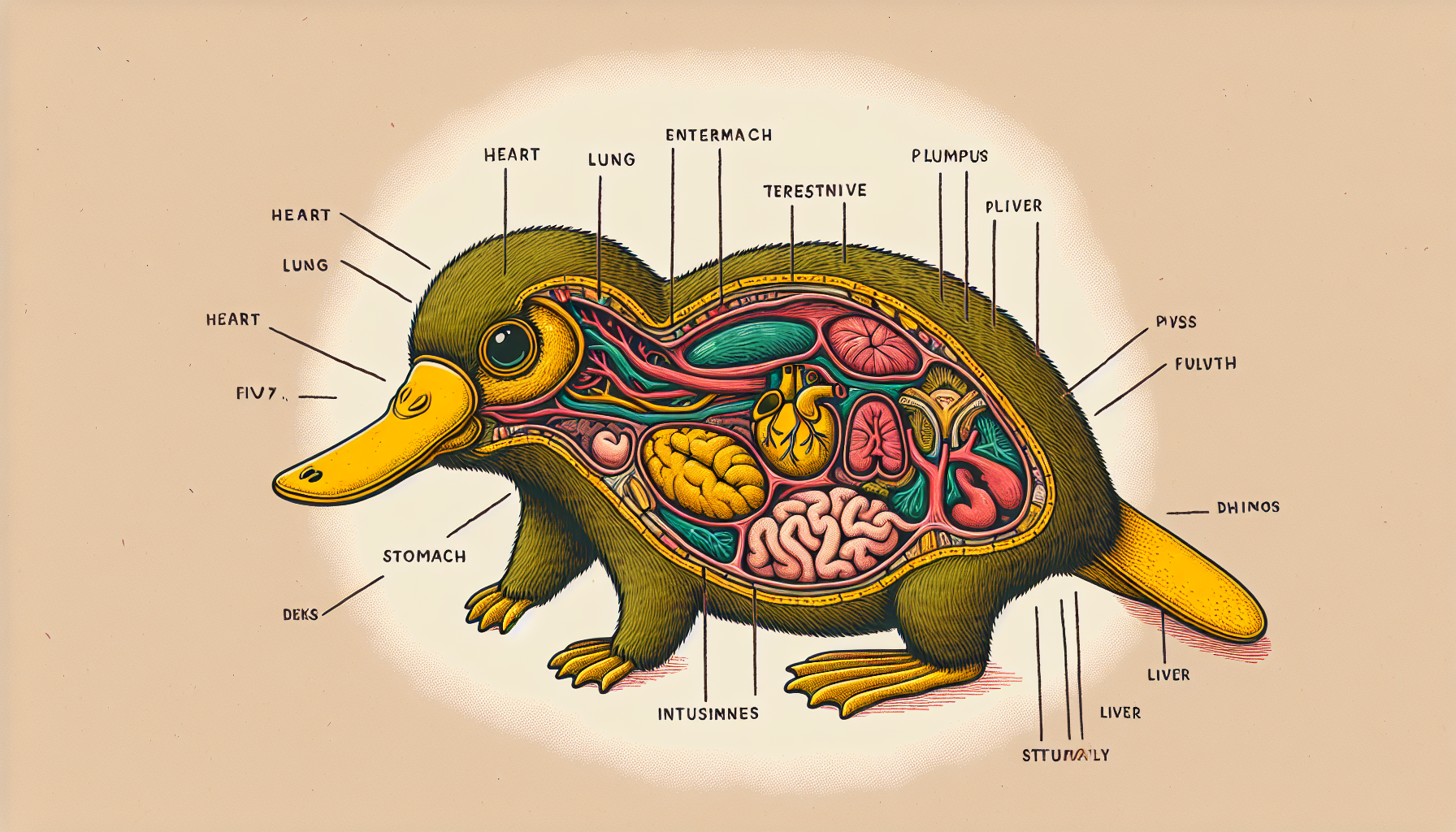
Platypuses are full of surprises—they don’t have a stomach! Unlike most animals, these Australian oddities lack a true stomach for digesting food. Instead, their esophagus, the tube that carries food from the mouth, connects directly to their intestines. This unique digestive system is a throwback to their ancient evolutionary roots, shared with other monotremes like echidnas. Food gets broken down in the intestines with the help of enzymes, but there’s no acidic stomach chamber like ours.
Platypuses eat small prey like insects, larvae, and shrimp, which they scoop up from riverbeds using their sensitive bill. They store the food in cheek pouches while underwater, then surface to mash it with gravel since they don’t have teeth as adults. This no-stomach setup works for their diet, which is high in protein and doesn’t need heavy digestion. They eat about 20% of their body weight daily, foraging for 10 to 12 hours in the rivers of eastern Australia and Tasmania. It’s a basic trait that shows how platypuses break all the rules of being a mammal.
Next time you eat a meal, think of the platypus skipping the stomach—it’s a basic fact that’s truly wild. Share this with your friends and come back for more on Platypusfacts!

Leave a Reply